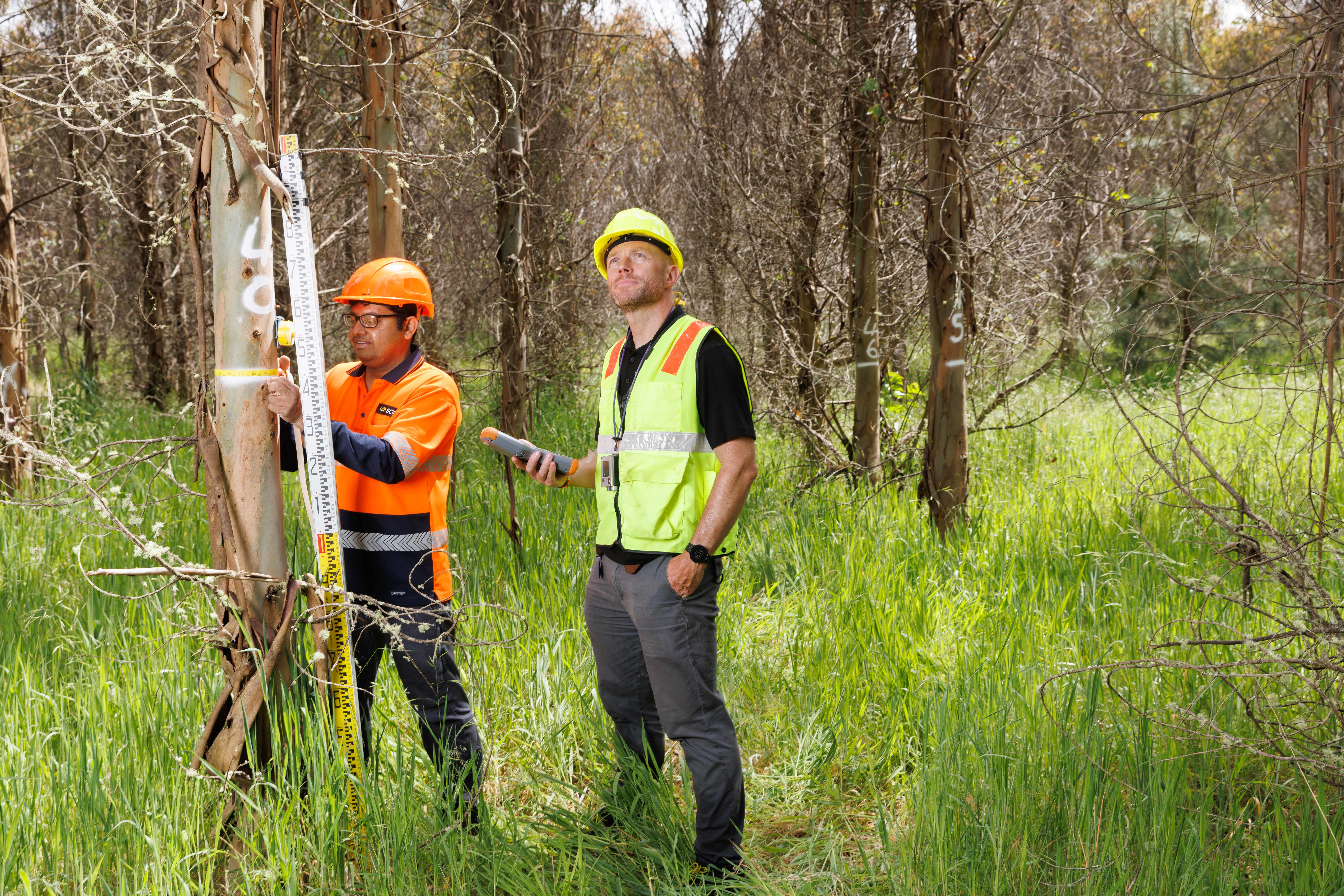Impact story: Growing forests for bioenergy
In October 2024 we released our 2024 annual report, which showcased the significant impact our staff have delivered in the research, science and technology development space for the forestry, industrial biotechnology, and advanced manufacturing sectors.
We’re proud of what we’ve achieved, so we’re sharing some of those impact stories on our website over the holiday break – for your reading pleasure.

Scion has produced a ‘how-to’ guide for landowners, forest investors and government agencies that outlines the promising potential of short rotation forestry to supply feedstock for bioenergy production in New Zealand.
Growing trees dedicated for biofuel not only diversifies regional economies but also contributes to sustainable land management and helps New Zealand meet its net-zero emissions targets by 2050.
Why it matters
- The forestry model provides an alternative investment option for landowners on lower value land (Land Use Capability Class 5-7).
- By 2035, 150,000 hectares of dedicated bioenergy forest could displace 3 million tonnes CO2-e emissions per year.

A two-year research project has identified the opportunities for regional New Zealand to adopt short rotation forestry (SRF) for bioenergy production.
Scion’s modelling shows that short rotation forestry as a feedstock for bioenergy has the potential to replace 6% of New Zealand’s annual fossil fuel demand from less than 1% of the land area. This finding reinforces the feasibility of scaling up bioenergy production from forests, particularly in regions well-suited for short rotation forestry including the Central North Island, Northland, the East Coast, and Otago. These areas offer ideal conditions for SRF on lower-value land (Land Use Capability Class 5-7), where transport distances to processing locations can be minimised.
Pinus radiata, known for its rapid growth and adaptability, is identified as the ideal species for SRF, with Eucalyptus fastigata and Eucalyptus regnans also showing promise for high biomass yields. These species are planted in dense stands and managed to optimise wood production for renewable energy, such as wood pellets, torrefied briquettes, or liquid biofuels for the marine and aviation sectors.
SRF cycles, ranging from 12 to 18 years, are significantly shorter than the conventional 28-year harvesting cycles, providing a steady supply of biomass and contributing to greenhouse gas reduction by displacing fossil fuels and promoting carbon sequestration.
Scion is developing forest bioenergy trials with the Ministry for Primary Industries to validate the theoretical findings.
